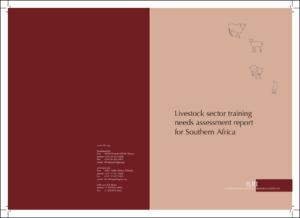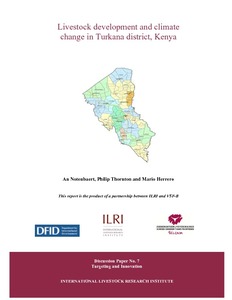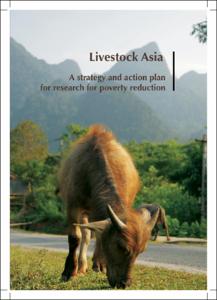Location
Vision, mission and strategy
ILRI's strategy 2013-2022 was approved in December 2012. It emerged from a wide processof consultation and engagement.
ILRI envisions... a world where all people have access to enough food and livelihood options to fulfil their potential.
ILRI’s mission is... to improve food and nutritional security and to reduce poverty in developing countries through research for efficient, safe and sustainable use of livestock—ensuring better lives through livestock.
ILRI’s three strategic objectives are:
- with partners, to develop, test, adapt and promote science-based practices that—being sustainable and scalable—achieve better lives through livestock.
- with partners,to provide compelling scientific evidence in ways that persuade decision-makers—from farms to boardrooms and parliaments—that smarter policies and bigger livestock investments can deliver significant socio-economic, health and environmental dividends to both poor nations and households.
- with partners,to increase capacity among ILRI’s key stakeholders to make better use of livestock science and investments for better lives through livestock.
This is ILRI’s second ten-year strategy. It incorporates a number of changes, many based on learning from the previous strategy (2000–2010, initially produced in 2000 and modified in 2002), an interim strategy (2011–2012) and an assessment of the external and internal environments in which the institute operates.
Members:
Resources
Displaying 741 - 745 of 1152A rapid appraisal of institutions supporting Somali livestock export
This publication presents finding of a rapid appraisal of institutions supporting livestock trade and marketing in Somalia.
Livestock sector training needs assessment report for southern Africa
Losing ground in the Mara: fast but not inevitable
The Maasai Mara Ecosystem (MME) is one of the key wildlife areas in Kenya and has more wildlife than any other part of the country. However, aerial surveys by the Department for Resource Surveys and Remote Sensing (DRSRS) show that Mara lost 60% of it’s resident wildlife in the last 25 years. As human populations grow, and crop farming expands and land privatizes, these pressures will only grow.
Livestock development and climate change in Turkana District, Kenya
The main purpose of the study presented here is to shed some light using simple and aggregated methods on the following question: In view of the expected climate change, is there also a long-term perspective for livestock development in the area, i.e. will the Turkana ecosystem be able to sustain livestock production during the next few decades?
Livestock Asia: A strategy and action plan for research for poverty reduction
This strategy and action plan has been co-produced by over 50 organizations and individuals. We hope that it will be of value to all those interested in reducing poverty through livestock research and development in South and South-East Asia and China. In particular we hope that it will
be used by researchers, policymakers, aid specialists and development practitioners to inform the development of their policies, programs and projects.






